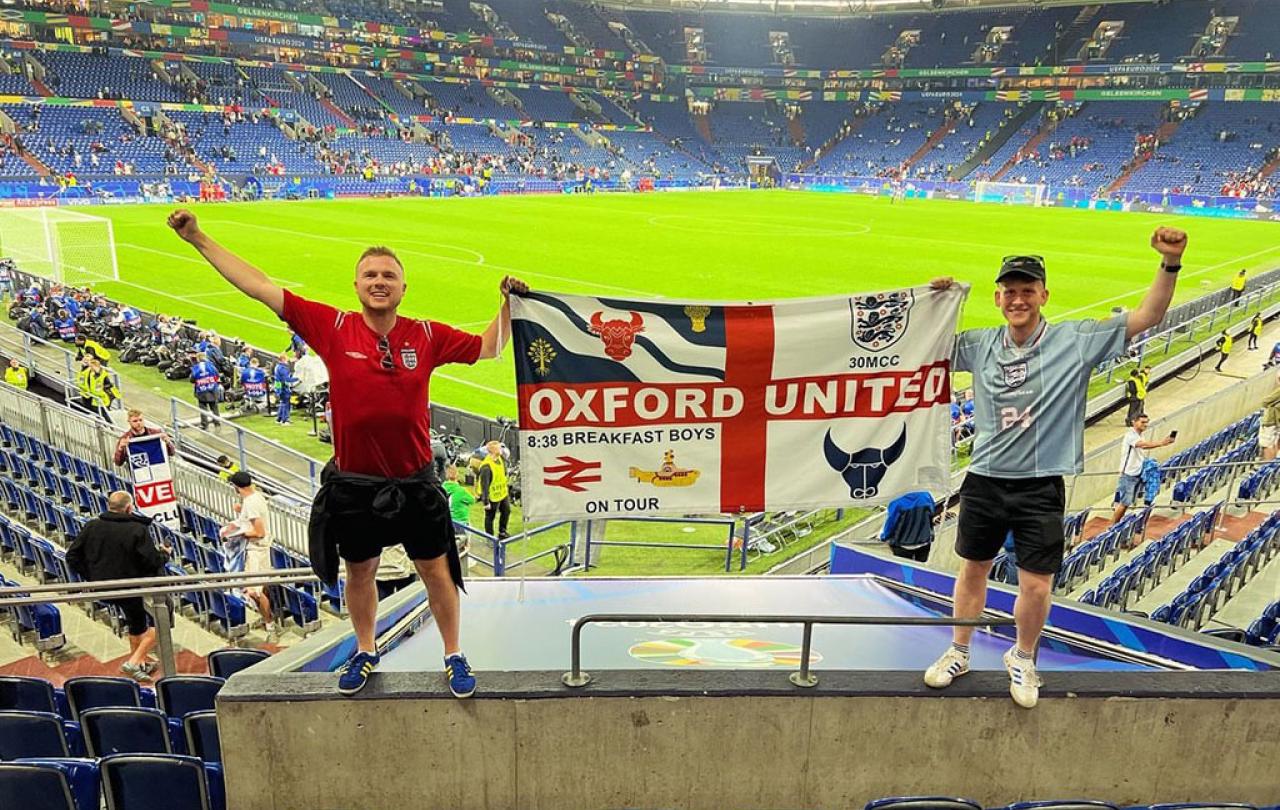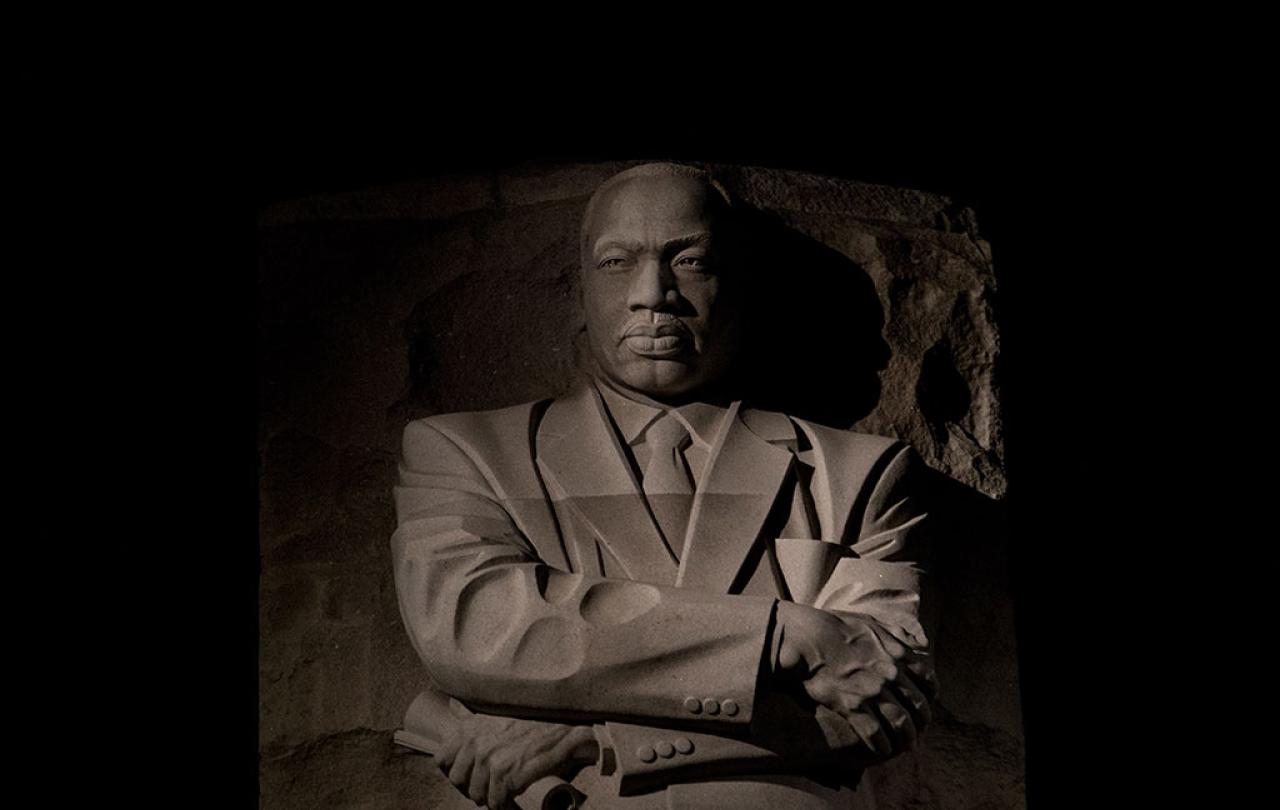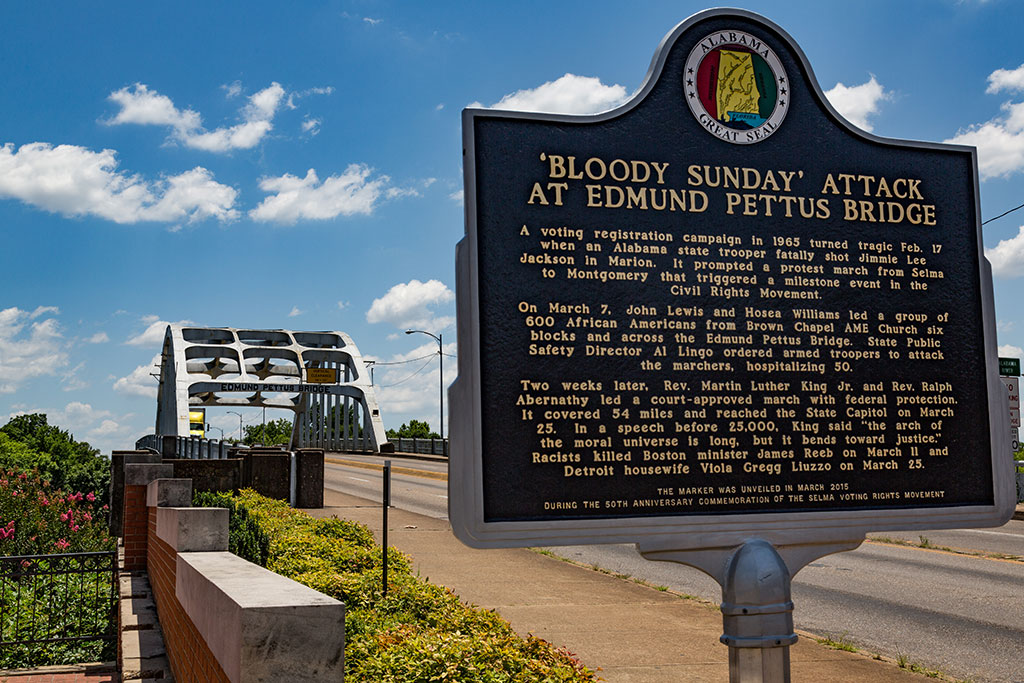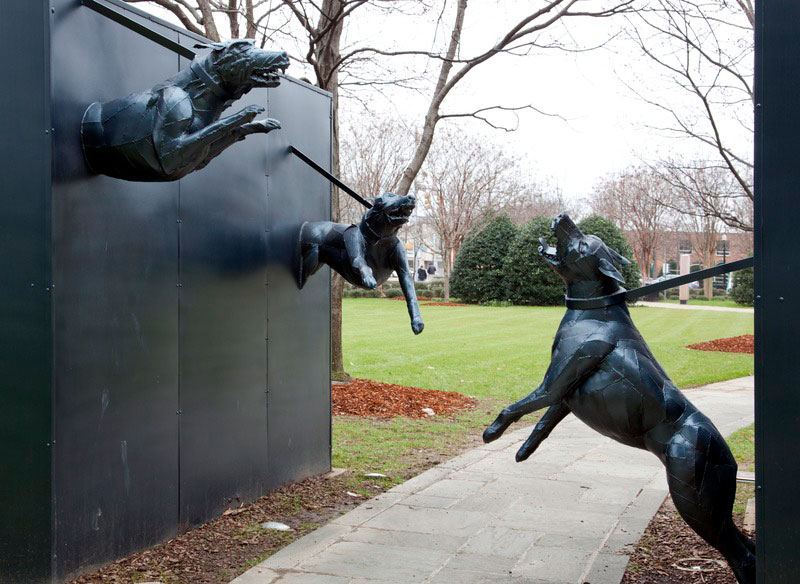
Tony Cascarino was a footballer in the 80’s and 90’s, playing for various clubs including Aston Villa, Celtic and Chelsea. He also won 88 caps for the Republic of Ireland scoring 19 goals. A good but fairly unremarkable career was turned on its head in 2000 when it came to light that he was never actually eligible to play for Ireland. After being rejected for an Irish passport in 1985 and learning on his Irish grandfather’s deathbed that he was not the natural father of his mother, Cascarino did not tell anyone and just kept playing international football. He only went public after he retired and published an autobiography. Quite simply he represented the Republic of Ireland without being Irish.
Sport is a key marker for national identity in most nations’ cultural imaginations. Whichever nation wins this year’s Euro football tournament will have millions watching and tens or hundreds of thousands lining the streets for a victory parade, with national flags, politicians and celebrities in tow. The case of Tony Cascarino, however, exposes the shaky foundations of national identity.
The general rule of international sport is that if you are born in a country, have a parent or grandparent born there, or have lived in it for a certain number of years, you can represent that country. Over the years this has led to some odd scenarios like 23 of 39 players in a recent Scotland rugby squad being born elsewhere or England’s 2005 Ashes hero Kevin Pietersen speaking in a broad South African accent. My children could technically represent Zimbabwe at international sport through a grandparent born there, even if they never set foot in the country. Declan Rice will be at the heart of England’s midfield in this tournament, but even he represented the Republic of Ireland three times at senior level, being able to switch teams because those matches were only friendlies. Gareth Southgate once commented: ‘first we had to convince him it would be a good decision [to switch to England].’ Far from being core to our identity, it seems as if nationality can often be chosen after weighing up the pros and cons.
The best Christian teaching on identity undercuts both sides of the culture wars in a way that also avoids a centrist fudge.
Identity is a key aspect in dominant cultural discourse at the moment. The phrase ‘identity politics’ is often thrown at those who are perceived to locate the most important aspects of identity in one’s sexuality, gender or skin colour. Those on the other side are just as keen to define identity, but will stress the importance of national heritage along with accompanying national values.
What does Christianity contribute to debates about identity? It is not hard to find activist Christians on both sides of these debates, especially on social media. Yet Christian belief has something more distinctive to say than the usual tropes in wider society. The best Christian teaching on identity undercuts both sides of the culture wars in a way that also avoids a centrist fudge.
Jesus speaks about being ‘dying to yourself’ and being ‘born again’ when someone starts to follow him. While some associate these loaded phrases almost solely with a question of eternal destiny after death (heaven or hell?), surely their meaning goes beyond this to the central question of identity. In essence, Jesus tells people that the things that used to be central to their identity actually become less important once you enter the kingdom built around him – you literally die to them and are born again. The centrality of national identity is relativised in parables like the good Samaritan where it is the enemy nation rather than the compatriot who offers help. The role of women is often flipped on its head as they provide the model of discipleship where the male disciples fall short. Wealth is stripped of its cultural power as Jesus’ followers are commanded to share and hold things in common. The allure of social status and significance is shorn of its potency as we see ourselves in the light of a God who made and cares for all of us without exceptions, and indeed holds special favour for the lowly and ‘unimportant’ in the eyes of everyone else. A Christian is not supposed to allow things like nationality, wealth, status or gender be too important in comparison to her identity in Jesus Christ and the community she enters when she begins to follow him.
No other ideology or -ism in history has centred this self-giving relationship (not just ‘relationality’) at its heart.
Both sides of the culture wars – what have become known as ‘woke globalism’ and ‘populist nationalism’ – have their own promises of community. Yet neither ultimately escape the rampant individualism of our culture, the unmistakable product of Enlightenment thinking. On the ‘liberal left’, personal preferences and choices are advanced as the central parts of identity. Yet on the other side, the logic of nationalism and even patriotism, however, is still built around the self – drawing a picture of the world which looks and sounds like me as much as possible. A Christian vision of identity is founded outside of the self - on God. Christian thinking has always been wary of any self-oriented ideology because it will be unsustainable in the long run.
Other ideologies can offer a vision of identity beyond the self – communism, fascism, capitalism, for instance; all promise a fulfilling life if you submit yourself to them just as Christianity does. At their heart, however, these ideologies are simply that – ideologies without a face. Christians have always maintained that the living Jesus can never be separated from his teaching as if it is an ideology. At the heart of this faith and promise of identity is not first and foremost a way of life but a person with whom you can have a relationship. The mode of relationship is also in line with the teaching and life he lived – laying his life down for others. This, in turn, is the model for Christians – in humility considering others better than ourselves. No other ideology or -ism in history has centred this self-giving relationship (not just ‘relationality’) at its heart, and has therefore ever been able to offer as deep and fulfilling vision of identity and fellowship.
Will I be supporting England, the country of my and my parents’ birth, then? Of course I will. The call to die to yourself and the things that used to define you does not mean I can exist as a Christian without any other cultural framework that makes up my existence in the world. I am not a citizen of ‘nowhere.’ I was born in England, and have lived my life here. I understand certain cultural references, humour, enjoy certain foods. These are not bad things, and indeed create community and shared understanding. From this perspective, I will join with other English men and women to cheer Southgate and his team over the coming weeks.
But what I will resist is some deeper meaning and identity in my nation where my life and all that is important to me are seen through its lens. My Englishness is there, it has some influence in my life, but ultimately it must be subservient to my identity in Jesus Christ. It is one thing among many that in New Testament language must be ‘put under his feet’. When there is a choice between serving my nation and serving Jesus Christ, I will always choose the later and assume there will be times when this choice is a real one. I will watch this summer’s Euros with members of my church who come from various nations of the world. We will join together without denying our respective nationalities and cultures – as we do every week – but in a manner where these cultures do not get in the way of genuine fellowship as we seek to embody what the Bible speaks of as a ‘new humanity.’







